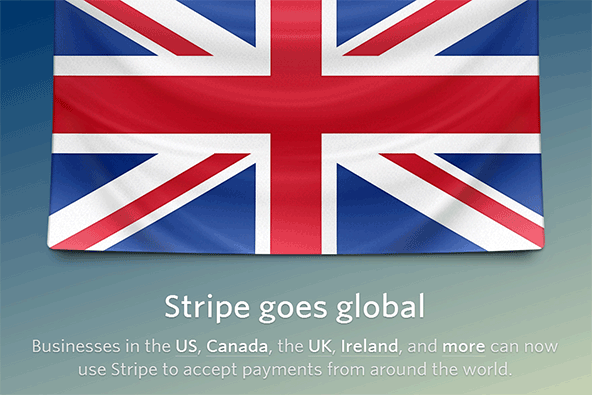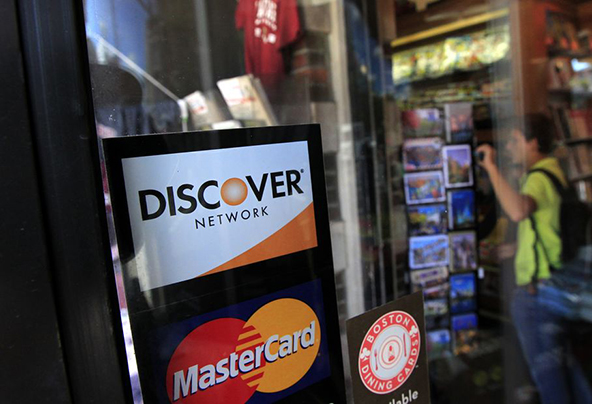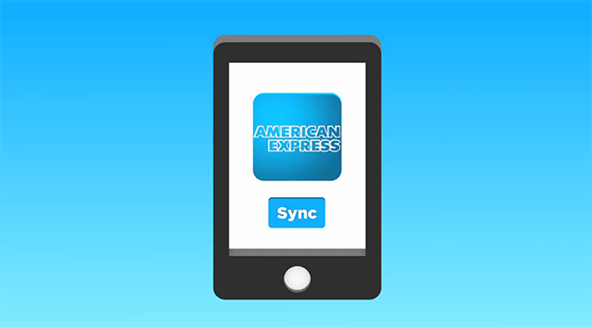On Multi-Currency Credit Card Processing and Stripe

Payment processor Stripe has been in the media spotlight ever since it raised $80 million in a series C funding round less than a month ago. And understandably so — the start-up was valued at a mindboggling $1.75 billion. I confess to being completely dumbfounded by the news — so much so that I didn’t even blog about it.
The reason I was left speechless was that I had taken a close look at Stripe back in October of 2012, when the start-up first started to hog media attention — and had found precisely nothing novel about it. Once you got past the florid language Stripe used to promote its product and some plainly false statements (“[y]ou don’t need a merchant account or gateway”), what you found was that the start-up was offering precisely the type of service its founders were telling us their company had set out to replace: a garden-variety merchant account, with all of its limitations and disadvantages. And that is still the case.
Yet, for all my misgivings, Stripe has reportedly been doing quite well and growing very fast. But the latest bout of media attention has been caused by an announcement that the processor is now allowing its users to accept payments in “more than 130 currencies”. Now, this is indeed newsworthy, particularly if the start-up has made the feature as simple to implement on its clients’ websites as it claims, although the start-up has still managed to vastly misrepresent what it is doing. Multi-currency support is a subject which we have neglected on this blog, but it is a feature that is highly valued by international merchants. So I guess it is about time we covered some multi-currency ground.
Stripe’s Multi-Currency Processing Feature
The start-up doesn’t tell us all that much about the new feature it is adding. Pretty much all we learn is that Stripe users can now “accept more than 130 currencies”, “from Euros to U.S. Dollars, Algerian Dinar to Chinese Renminbi”.
The rest is just standard old-fashioned PR boilerplate, stuff like:
Built-in multicurrency support is another example of how Stripe is helping businesses scale faster and more efficiently.
And like:
In keeping with Stripe’s ethos of simplicity and developer-friendliness, multicurrency is a standard feature and requires no additional work to integrate. Currency functionality that previously represented a quagmire of paperwork and integration work can now be implemented in minutes.
If the Stripe guys really mean to stand for some new way of processing credit card payments and all that, it seems to me that dumping such mind-numbing PR language could only help their cause, or at least it couldn’t possibly hurt. They could, for example, have told us instead how much this newly-supported service would cost, but there is no mention of it.
As it was, I had to turn to GigaOm to learn that Stripe “will add an additional 2 percent processing fee for each foreign currency transaction”. But let me focus on a more interesting point: why multi-currency processing is needed in the first place.
Why We Need Multi-Currency Processing
So, if your business has set up a merchant account, which enables you to accept, say, Visa and MasterCard credit and debit cards, you can accept all cards which bear the logos of these two payment networks, irrespective of where or by whom their cards have been issued and what your customer’s home currency is.
If the standard way of processing cross-border card transactions applies, whenever you take a foreign-issued card for payment, the transaction will be settled in your own settlement currency, but you will be charged some kind of a cross-border fee (typically 0.5 percent or so), applied to the transaction amount, in addition to the applicable processing rate. Your customer, for her part, will be charged a currency conversion fee by her card issuer (in the U.S., these fees are typically 2 percent – 3 percent, although ever more issuers are getting rid of them altogether). So, you can see how cross-border fees can quickly add up.
But quite apart from the added transaction costs, the standard way of processing cross-border transactions can discourage potential customers from making purchases on your site. And for many merchants this is the bigger worry and is also precisely the type of challenge multi-currency payment processing aims to overcome. It achieves this objective by giving visitors to your website the option of paying in their own currency, rather than in your (the merchant’s) settlement currency. That way, your customers know exactly how much they are paying for whatever it is you are selling and aren’t worried about things like currency conversion fees. As far as you are concerned, not much has changed: you are still charged an extra fee, as you would have been if you had stuck to the standard cross-border processing pattern, but you are keeping your customers happy.
And here is where we return to a perfect specimen of a Stripe PR boilerplate:
Traditional merchant banks pose considerable barriers to entry for new companies — and substantial friction for existing ones. Stripe’s API, payment connectivity, and rapidly-growing global reach replace a complicated matrix of bank accounts, gateways and subscriptions managers. Stripe handles the heavy lifting of payments — from credit-card storage to fraud detection — and lets companies get back to building.
So Stripe tells us that it does absolutely everything transaction-related, even replacing those “traditional merchant banks”. The reality, as some of you may have guessed, is an altogether different and more prosaic one. As Stripe’s gargantuan Terms of Service clearly state, “Stripe is not a bank or a money services business (“MSB”) and Stripe does not offer banking or MSB services as defined by the United States Department of Treasury”. And the thing is that only banks and “money services businesses” can actually move money around. In Stripe’s case, in the U.S. this is done by Wells Fargo, which is the start-up’s merchant bank.
My point is that Stripe’s multi-currency processing feature is only made possible by the processor’s bank partners, which also happens to be the case here at UniBul. We also offer multi-currency processing and settlement, but don’t pretend that we have demolished the old world order to make that possible.
The Takeaway
In my original analysis of Stripe’s service, I concluded that the processor offers merely a “garden-variety, low-risk type of merchant account, which places it squarely into a notoriously crowded and competitive market”. Yet, the start-up’s valuation seems to defy my prediction that it would “not get anywhere close to becoming the Square for e-commerce businesses”. Well, I’m happy for them and, if the start-up’s multi-currency feature works half as good as advertised, they will surely find more love with international merchants (though solely of the low-risk variety!).
But let me offer a cautionary note to all of our merchant readers. Stripe hasn’t invented multi-currency processing, nor is it doing it all on its own. Quite the contrary, the main participants in a multi-currency transaction are the two banks that are involved in it: your customer’s card issuer and your very own acquiring bank. Stripe, and UniBul for that matter, are simply facilitators of such transactions. Now, our function is quite important in that it is our job to make the process as smooth and painless as possible (and I believe we have done just that here at UniBul), but without the right acquiring bank, multi-currency processing wouldn’t be possible.
Image credit: a screen shot of Stripe’s home page.



I have attempted to use Stripe in the past, however, it has become difficult as many industries are prohibited. I have found myself looking for a merchant account for a while until I came across MagicPay. I feel like a merchant account is a work in progress since they need to trust you for you to get large processing volume. Luckily MagicPay also has multi- currency processing which enormously helped me after Stripe shut down my business.